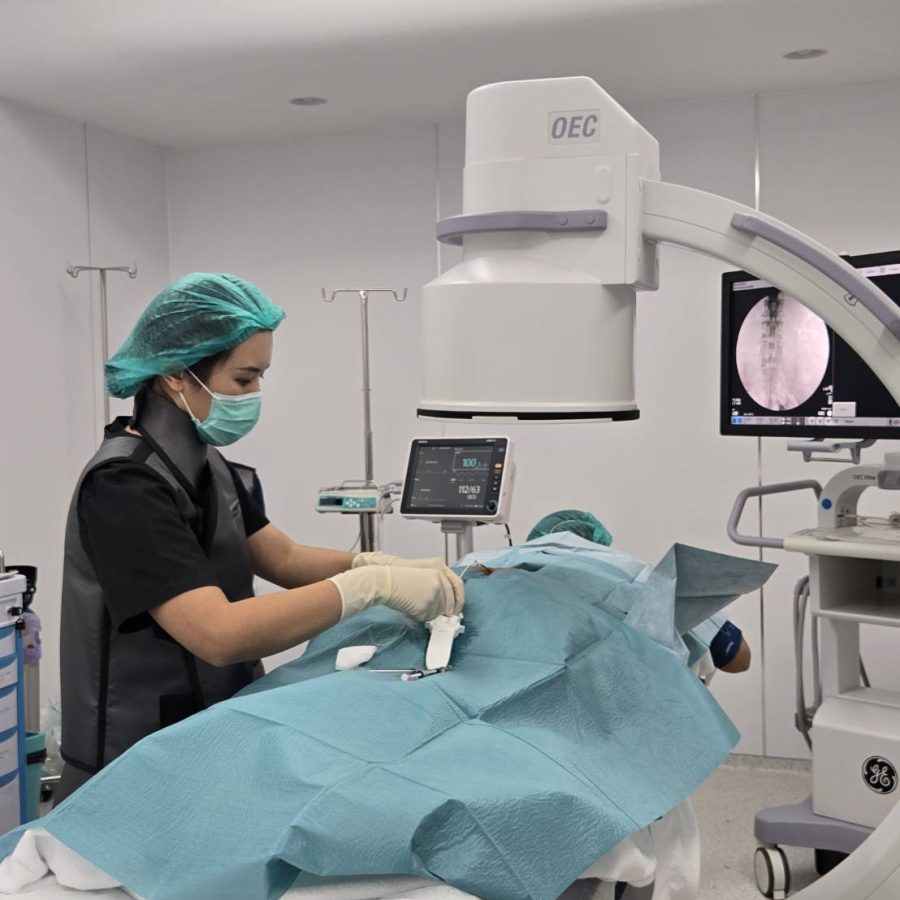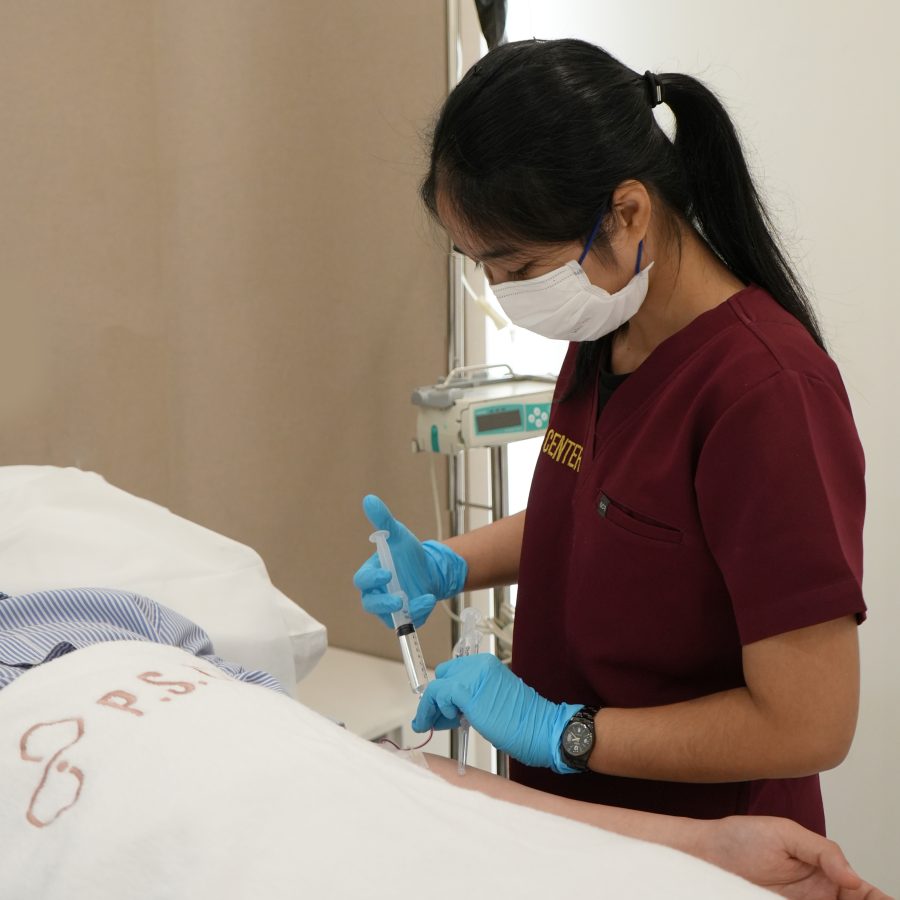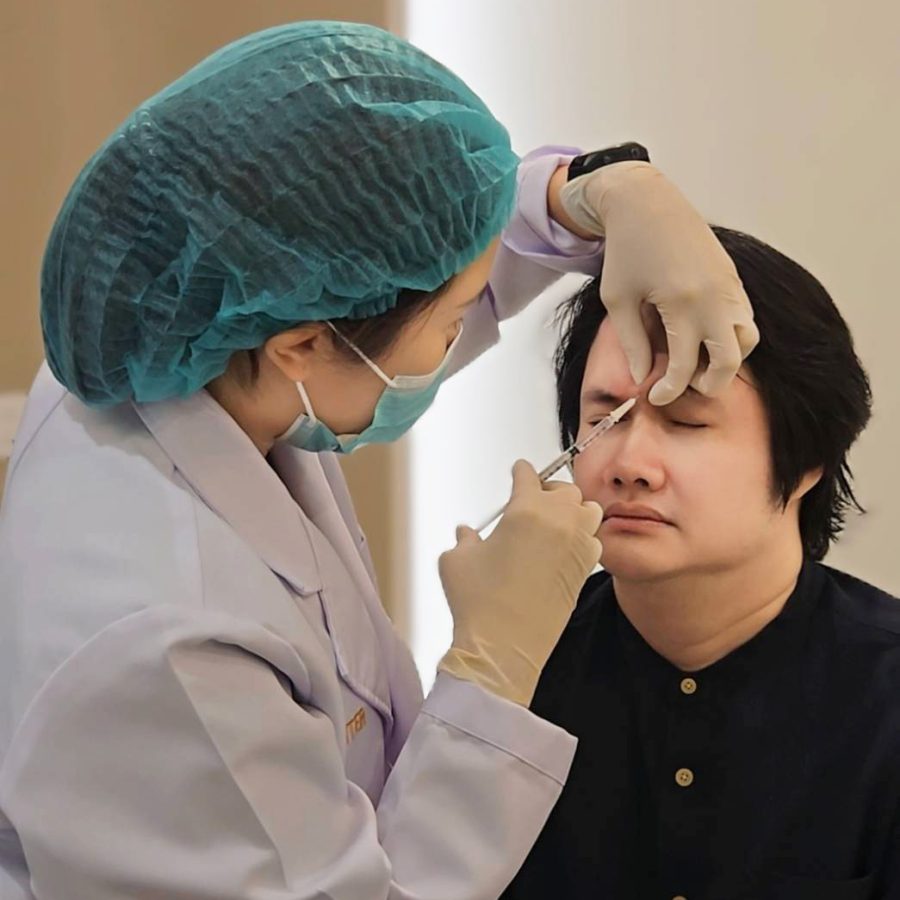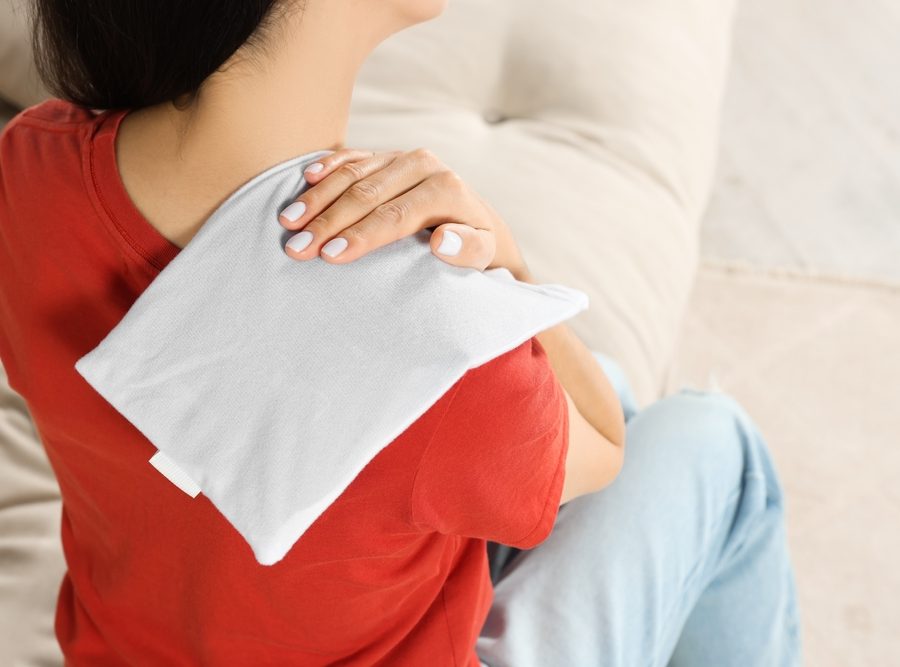Platelet-Rich Plasma injections can be an effective treatment for various musculoskeletal issues, including knee, shoulder, and hip pain, and tendon injuries. This minimally invasive procedure uses your body’s own platelets to promote healing and reduce pain.
What is PRP Injection?
PRP injections are used to treat tendon injuries and joint pain by injecting a concentrated form of your own platelets into the affected area. These platelets contain growth factors that stimulate tissue repair and regeneration, promoting healing and reducing inflammation. PRP can be especially helpful for conditions like tendonitis, ligament sprains, and osteoarthritis in the knee, shoulder, and hip.
How Long Does It Take?
The procedure typically takes about 10-15 minutes. You will remain awake throughout the process, and the doctor will ensure you’re as comfortable as possible.
What Conditions Can PRP Injections Treat?
PRP injections are effective in reducing pain and stimulating the repair of injured cells. They are commonly used for:
- Knee osteoarthritis
- ACL injuries
- Rotator cuff tear
- Tennis elbow
- Plantar fasciitis
What is the Procedure Like?
- Blood Draw: 20-30 ml of blood is drawn from the patient.
- Centrifugation: The blood is spun in a centrifuge to concentrate the platelets.
- Injection: The concentrated platelets are injected into the injured area under sterile conditions.
Key to Effective PRP Treatment:
- Standard PRP Kit: A specialized PRP kit is used to acquire activated and concentrated platelets, not just a regular blood tube. This ensures a higher concentration of platelets, which is essential for effective healing.
- Injection Into the Correct Location: Ultrasound guidance is used to accurately target the site of injury, ensuring the PRP is injected into the precise area where it’s needed for optimal healing.
- Specialist Doctor with Experience: The procedure should be performed by a skilled and experienced specialist who understands the anatomy of the area being treated and has experience in using PRP to treat musculoskeletal conditions.
What Can You Expect After the Procedure?
You may experience mild soreness at the injection site, but this is temporary and should subside within a few days. Most patients can return to their normal activities shortly after the procedure, though it’s important to avoid heavy exercise or strenuous activity for a few days to allow the area to heal.
Compiled by;Rarinthorn Choomsai Na Ayuthaya, M.D. Interventional Pain Specialist
Contact us to learn more or to schedule a consultation.
Tel: 02-125-3959, 098-195-0991







